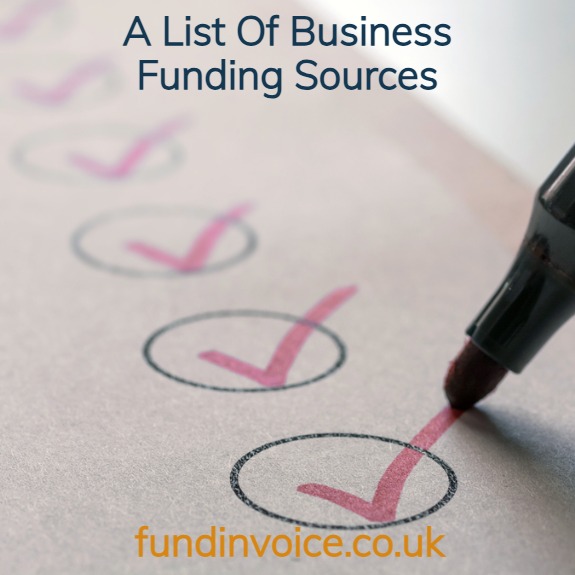- 29 Oct
How Do People Fund Their Businesses
 How do people fund their businesses? I have previously listed all the various funding options that are available to businesses. The new SME Finance Monitor research report from BVA BDRC (Q2 2019) gives some quantified insight into what people are using. The study uses a significant sample of UK SMEs - 18,002 respondents annually.
How do people fund their businesses? I have previously listed all the various funding options that are available to businesses. The new SME Finance Monitor research report from BVA BDRC (Q2 2019) gives some quantified insight into what people are using. The study uses a significant sample of UK SMEs - 18,002 respondents annually.How Do People Fund Their Businesses?
The results were as follows:
- 42% were using some form of finance, leaving 58% that use none.
Reading through some of the underlying research reveals a level of caution due to the uncertainty that continues to dog UK SMEs. It is little wonder when we are in the midst of continued uncertainty about the nature and potential impact of Brexit.
Core Finance
Of those using some form of finance, the breakdown of sources was as follows. Of those using some form of "core finance" the sources were:
- 22% bank overdraft
- 17% credit cards
- 8% bank loan
- 2% commercial mortgage
- 1% other loan
Other Finance
Of those using some form of "other finance", the sources were:
- 9% leasing or hire purchase
- 3% loans from directors, family or friends
- 1% equity from directors, family or friends
- 1% invoice finance
- 1% grants
Invoice Finance As An Alternative
The figures show a heavy reliance upon the bank for an overdraft or loan, and as I have reported previously, there is a significant proportion of applications that are declined. Invoice finance still only accounts for a small percentage of the alternative finance sector, with previous research suggesting that a lack of awareness and understanding continues to hold the sector back. See our #IFaware campaign.
UK Finance Statistics
The most recent statistics from UK Finance (the trade body for a large part of the invoice finance sector), from their Invoice Finance and ABL Update, show that numbers of factoring and discounting users have remained relatively low, with a slight shift (when comparing Dec 18 with Sep 18) in favour of domestic invoice discounting facilities, with domestic factoring facilities falling back slightly. Regardless of any product trends, the sector as a whole could be used to fund a far larger portion of UK SMEs if the products were more widely understood.
- Home
- Business Financing
- Invoice Finance
- Invoice Discounting
- Factoring
- Debt Factoring
- Recourse Factoring
- Fund Selected Invoices
- Business Loans
- Construction Sector Funding
- Protect Against Bad Debts
- Exports Collection And Funding
- Import Funding
- Body Shop Funding
- Spot Factoring
- Retail Sector Funding
- Fund Invoices Confidentially
- Help Running Your Payroll
- CHOCs Customer Handles Own Collections
- Collect Invoices Confidentially And Funding
- Outsourcing Your Credit Control
- Asset Finance And Mortgages
- Case Studies
- About Us
- Testimonials
- Find Out More
- News
- Free Magazine
- Blog






